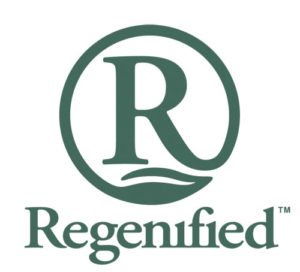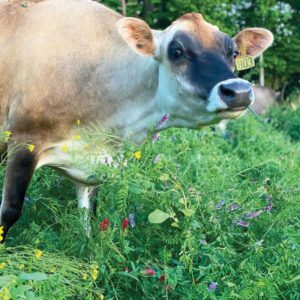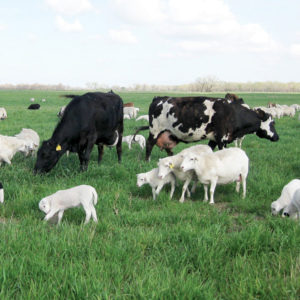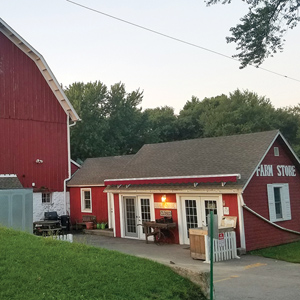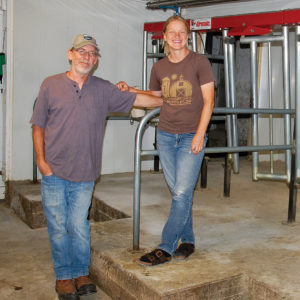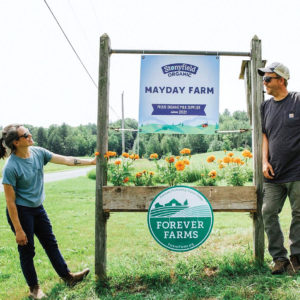Karremans sharpen their focus at Reverence Farms
By Martha Hoffman Kerestes
Saxapahaw, NC — At Reverence Farms, (see Graze article, March 2019) they’re not just building soil and dairy genetics. They’re building community.
Whether it’s former dairymen in the area who pitch in to help, graziers across the country calling with questions, customers who come for pastured meats, or the employees who keep the farm moving, for Hubert Karreman and Suzanne Nelson Karreman it’s about the people more than anything else.
Honing in on the farm’s purpose has meant scaling back some of the farm’s diverse enterprises. Hue and Suzanne closed their restaurant, scaled back the pastured hogs and sheep, quit raising meat birds, stopped raising as many veal calves, and pivoted from raw milk sales to a creamery market.
The shifts were made for a number of reasons, including feeling they were spread too thin, difficulties in convincing customers to pay what it took to give restaurant help a living wage, and a concern that catering to vegetarian restaurant customers by using vegetable oils was compromising their vision of offering the healthier animal fats that are served at the Karremans’ own family table.
Continue reading “Catching up with some innovators”

